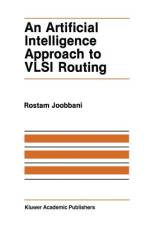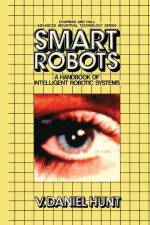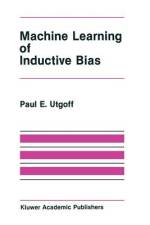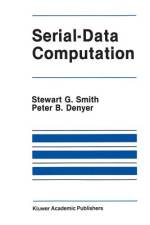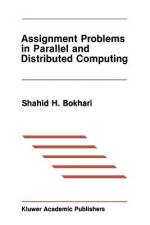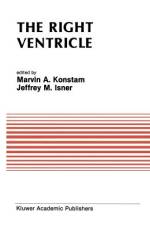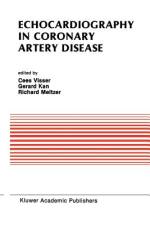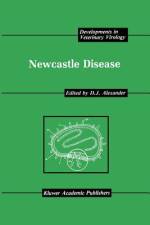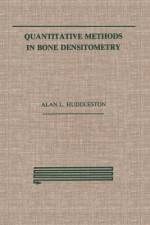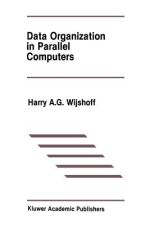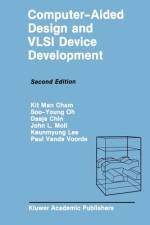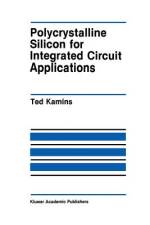- Proceedings of the International Symposium on Stress and Heart Disease, June 26-29, 1984 Winnipeg, Canada
von R. E. Beamish
185,00 €
It has been known or suspected for centuries that there is an association between mind and emotions and the occurrence of heart disease apd sudden death. During the past fifty years this relationship has become identified with the concept of Stress, a notion developed and popularized by Hans Selye. In recent years there has been an upward surge of interest in stress by scientists in several disciplines and by the general public. Although, books, journal articles, seminars and media programs devoted to stress now abound, the definition, manifestations, mechanisms, and management of stress remain uncertain and controversial. In an attempt to clarify the situation an International Symposium on Stress and Heart Disease was held in Winnipeg, Canada, June 26-29, 1984, and the proceedings form the basis of this book and its companion volume "e;Patho- genesis of Stress-Induced Heart Disease"e;. Although most species which have ever existed are now extinct through countless millenia, the human species has successfully adapted to changing conditions ("e;stressors"e;) such as ice ages, predators and parasites, wars, famine and plague, and now it is coping with rapidly changing social, economic and political circumstances. Such adaptation occurs at all levels of life- at the molecular level within the cell, at the level of the whole cell, in the groups of cells as organs, in the entire organism or individual, and in some cases, in the society in which the individual lives.






